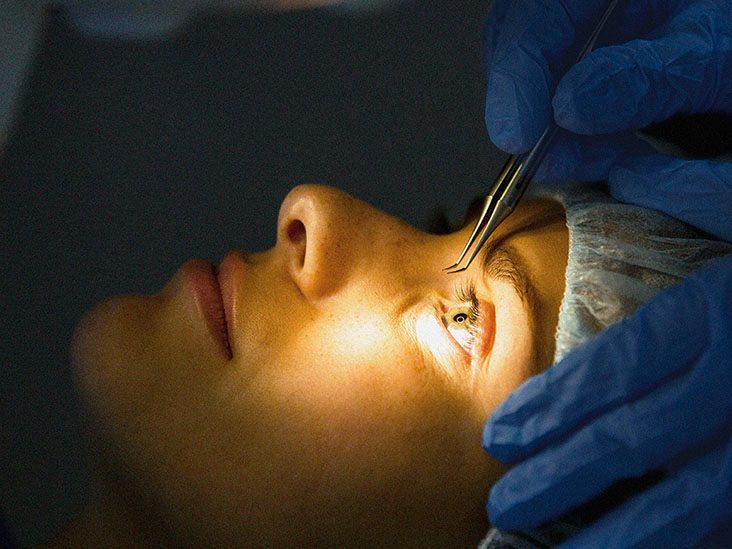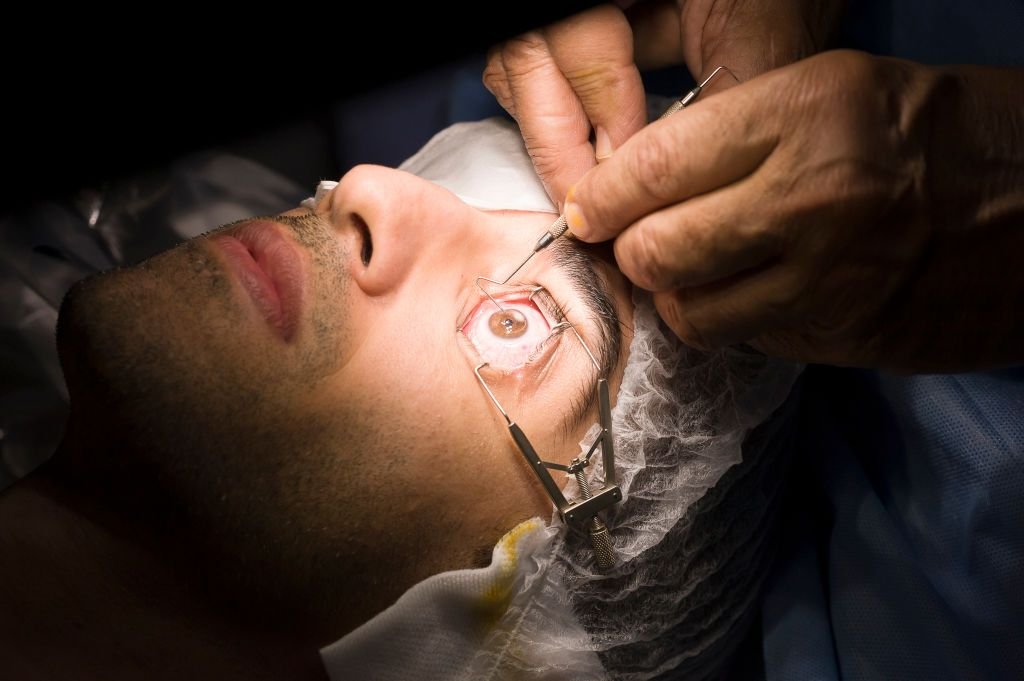Understanding the Duty of an Optometrist in Providing Specialized Eye Care Provider
In the realm of medical care, the duty of an eye physician in offering specialized eye care services stands as a crucial column of extensive individual treatment. From the detailed functions of the eye to the nuances of vision modification, eye medical professionals bring an one-of-a-kind blend of clinical knowledge and technical ability to the table.
Range of Method
Within the field of eye care, the extent of practice marks the certain variety of solutions and treatments that an optometrist is educated and licensed to execute. Optometrists, as an example, largely concentrate on performing detailed eye assessments to assess visual skill, spot refractive mistakes, and recognize possible eye diseases. They are proficient in prescribing and fitting restorative lenses, such as glasses and get in touch with lenses, to boost a patient's vision. Furthermore, optometrists can detect common eye conditions like glaucoma, cataracts, and macular degeneration, giving required referrals to eye doctors for more management.
On the other hand, eye doctors, as medical doctors concentrating on eye care, have a broader range of technique. In enhancement to carrying out eye examinations and prescribing corrective lenses, they are educated to detect and treat a wide selection of eye conditions via medical and medical treatments. Eye doctors can executing intricate surgical procedures, such as cataract elimination, LASIK treatments, and retinal detachment repairs, offering detailed treatment for various eye conditions. The delineation of scope of practice ensures that clients receive suitable care from the most competent eye care provider for their particular requirements.
Analysis Experience
Optometrists and ophthalmologists display their analysis competence by using innovative devices and techniques to assess and manage a diverse range of eye conditions, ensuring exact evaluations and customized therapy strategies. These specialized medical care professionals make use of a variety of analysis methods to determine problems affecting the eyes and visual system. From comprehensive eye evaluations that evaluate aesthetic skill, eye pressure, and the wellness of eye frameworks, to more sophisticated tests like optical coherence tomography (OCT) for detailed imaging of the retina, they have the skills and modern technology to diagnose problems such as glaucoma, macular deterioration, diabetic retinopathy, and a lot more.
Furthermore, their analysis capacities include detecting refractive mistakes like myopia, hyperopia, astigmatism, and presbyopia, enabling them to suggest proper restorative lenses or recommend refractive surgical procedures as required. By remaining abreast of sophisticated innovations in analysis tools and strategies, optometrist can provide precise medical diagnoses, very early intervention, and individualized treatment plans to optimize their clients' eye wellness and aesthetic wellness.
Therapy Choices
When addressing eye conditions and aesthetic problems, optometrist employ an extensive series of therapy alternatives tailored to every patient's details demands and situations. Therapy choices can vary commonly depending on the nature and seriousness of the eye problem. For usual refractive mistakes like astigmatism, farsightedness, and nearsightedness, prescription spectacles or get in touch with lenses are frequently the primary treatment method. These restorative lenses aid to redouble light onto the retina, boosting vision clearness.
In cases where refractive surgery is considered suitable, treatments like LASIK or PRK can be suggested to improve the cornea and decrease the requirement for glasses or get in touches with. Ophthalmologist additionally give treatment for eye illness such as glaucoma, cataracts, and macular deterioration (Lasik Eye find here Surgery Tallahassee). Treatment for these problems might entail prescription eye drops, surgical interventions, or various other clinical treatments targeted at managing or turning around the progression of the disease
Additionally, optometrist play a crucial duty in providing specialized look after problems like diabetic person retinopathy, retinal detachment, and ocular injury. Trigger diagnosis and proper therapy can assist protect vision and protect against further difficulties. Ultimately, the objective of eye medical professionals is to use personalized treatment strategies that enhance visual results and total eye wellness for each and every client.

Patient Education
Offering individuals with helpful and clear support on eye health and wellness and correct care is a crucial element of an eye physician's role. Client education and learning plays a vital component in assisting people comprehend the value of regular eye exams, the relevance of very early detection of eye problems, and the fostering of healthy and balanced eye treatment practices. Tallahassee Ophthalmologist. By supplying comprehensive explanations in a language that individuals can understand, ophthalmologist empower people to organize their eye health and make informed choices relating to therapy alternatives
Throughout consultations, ophthalmologist need to put in the time to educate individuals on common eye problems such as nearsightedness, hyperopia, astigmatism, and age-related macular deterioration. They ought to also review safety nets like wearing protective glasses, keeping a well balanced diet regimen abundant in eye-friendly nutrients, and avoiding extreme display time. Patient education expands past the center, as eye medical professionals might recommend sources for further reading or provide instructions on proper contact lens treatment and glasses maintenance. Inevitably, an educated patient is better equipped to prioritize their eye wellness and team up successfully with their optometrist in managing any kind of eye problems.
Advanced Technologies
Patient education and learning works as the structure for recognizing the use of innovative technologies in contemporary eye care services. Advanced innovations have actually changed the field of ophthalmology, permitting optometrist to diagnose and deal with a wide variety of eye conditions with higher precision and effectiveness. One of the significant advancements in eye care modern technology is making use of Optical anchor Coherence Tomography (OCT) which provides in-depth cross-sectional photos of the retina, assisting in the early detection and tracking of diseases such as glaucoma and macular deterioration.
Moreover, the advent of wavefront technology has actually enabled customized vision modification procedures such as LASIK, where the distinct flaws of a person's eye useful source can be precisely mapped and dealt with. In addition, making use of advanced analysis devices such as automated topographers and borders allows optometrist to evaluate aesthetic fields and corneal curvature extra precisely, leading to better treatment end results for clients.

Final Thought
To conclude, the function of an ophthalmologist is vital in offering specialized eye treatment services with their range of method, diagnostic proficiency, therapy alternatives, client education, and use advanced innovations. By providing detailed care and using their specialized expertise and abilities, eye physicians play a significant duty in preserving and improving the vision and overall eye health and wellness of their people.
